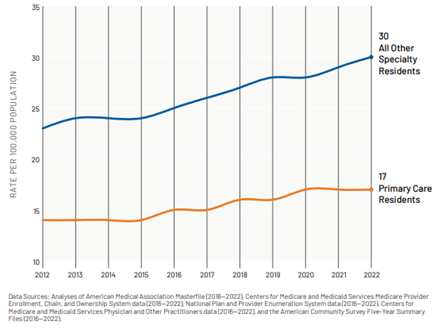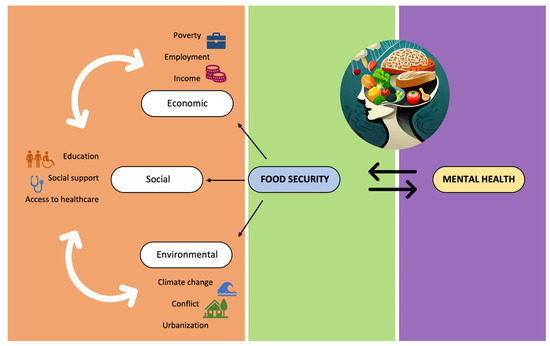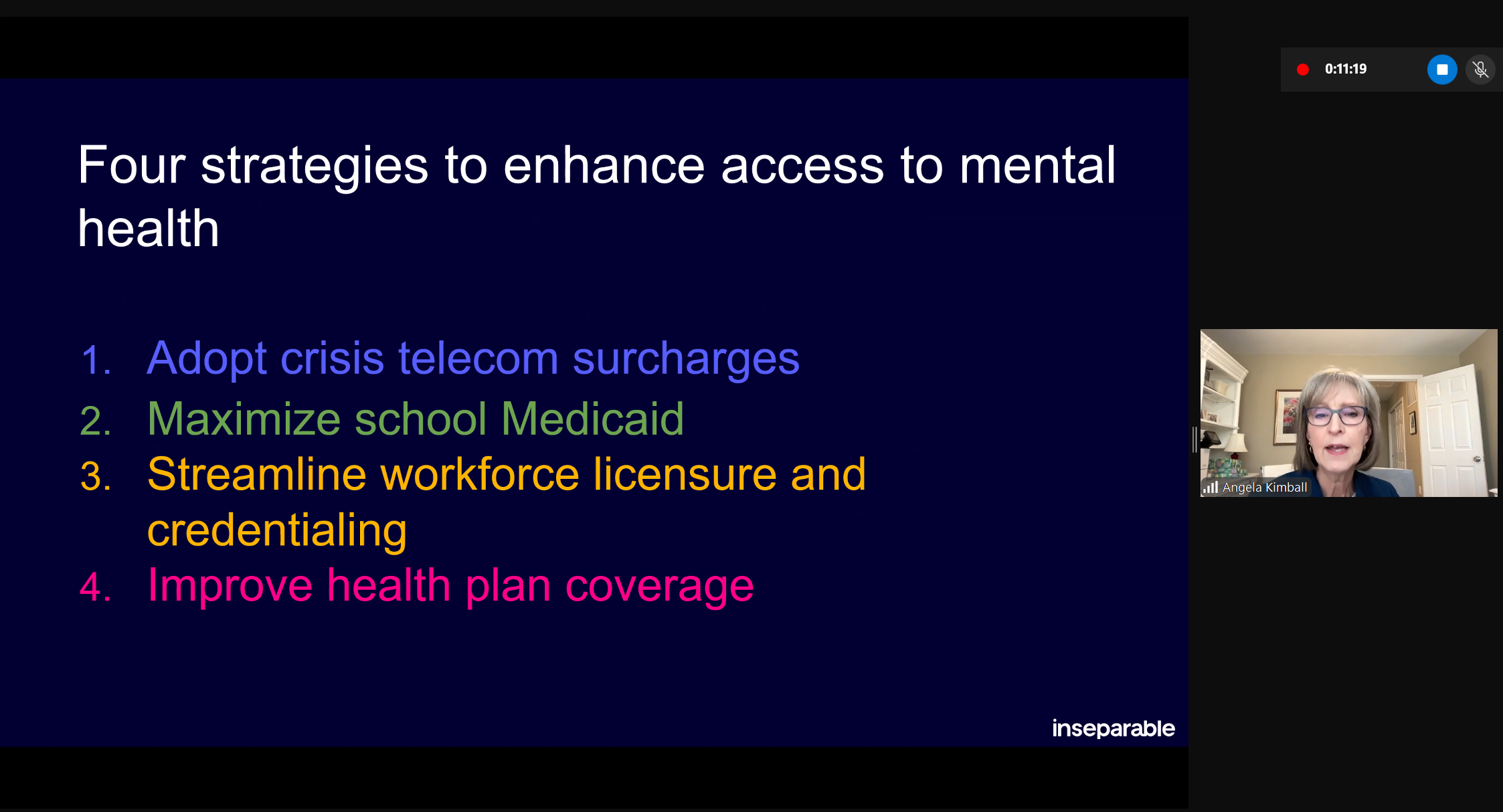WASHINGTON – During the National Governors Association (NGA) Winter Meeting, members of the Education, Workforce, and Community Investment Task Force convened to discuss apprenticeships and non-degree pathways as essential tools for workforce development. In a session titled “Pathways to Prosperity: Governors Driving Workforce Innovation Through Apprenticeships and Non-Degree Pathways,” Task Force co-chairs Wisconsin Governor Tony Evers and Wyoming Governor Mark Gordon were joined by Christian Meisner, Chief Human Resource Officer, GE Aerospace; and Maria Flynn, Chief Executive Officer, Jobs for the Future.
NGA Chair Colorado Governor Jared Polis, Delaware Governor Matt Meyer, Idaho Governor Brad Little, Maryland Governor Wes Moore, Montana Governor Greg Gianforte, North Carolina Governor Josh Stein, Oregon Governor Tina Kotek, and Rhode Island Governor Dan McKee discussed the critical role of state involvement in shaping federal policies to expand access to alternative education pathways. Key topics included innovative state-led programs, federal-state collaboration, and strategies to equip individuals with practical, workforce-ready skills.
“A strong economy is dependent on a strong, well-trained workforce,” said Governor Evers. “I designated 2024 as the Year of the Worker in Wisconsin. That same year, we had the highest enrollment in registered apprenticeships ever in the state. The average pay for those that are prepared in technical college is about $97,000 a year. If you look at some of the most in demand apprenticeships, like plumbing and utility workers and operational engineers, it’s about $100,000. These programs help us make sure that our state is in a good position to bring in new employers, but also to make sure employers stay in Wisconsin. I’m a believer. I’m not a person that came from the system, but it works.”
“In Wyoming, we completely re-engineered our K12 system to allow for high school students to get into and work with industries they’re interested in,” said Governor Gordon. “Part of the moniker there is to make sure we have an ambitious, flexible and adaptive workforce. [Through] the Wyoming Innovation Partnership, we started with talking to industries: ‘What are the things you need? What are the skills you need to have? How can you participate with us to make sure the folks going to our schools have access to the technology, equipment and training that is going to be that next generation of equipment?’ All across the nation, the conversation about what we want to see in our workforce has evolved. We’re talking about a workforce that is skilled for tomorrow and can make use of new technologies.”
“We operate a dozen or so apprentice programs around the globe,” said GE’s Christian Meisner. “They are our core intake, and we invest a tremendous amount of time – not just finding people and bringing them in, but it is a continuation of investment in high-tech training. The challenge is when we talk about scale. We all see big national studies [finding] we’re going to be short 600,000 XYZ skills. It’s great for a headline, but in my world it’s not actionable. One thing we’re talking about within our industry is to bring forward a more crisp demand signal – so we could come to Governors and say, ‘In your state we see a need for 15,000 CNC machine operators in the next five years geographically clustered in these parts of your state.’ We’re looking for educational partners, be it two-year schools, or tech schools. It is an investment; we’re going to pay people while they learn for 1.5 to 2 years. It’s a long-term investment, and we’re willing to do that. We do it already, and we want to do more of it.”
“Economists are feeling pretty strongly that the number of high-quality jobs is going to continue to grow, but only 15% of those quality jobs by 2031 are going to be available to folks who only have a high school diploma,” said Jobs for the Future’s Maria Flynn. “What’s important to remember is that doesn’t mean that a traditional four-year degree or more is needed. That gives us this huge opportunity in the post-secondary space to focus on new types of high-quality non-degree pathways. It’s both an urgent need, if you look at what the labor market is telling us, but it’s also a terrific opportunity for us to create new paths, make sure folks are aware of these opportunities, and make sure funding is flowing to these opportunities in efficient ways. Governors have done a terrific job of modeling the importance of skills-based hiring [in removing] degree requirements from state jobs. This isn’t just about what’s happening on the training side. It’s also what has to happen on the hiring side.”
At NGA’s Winter Meeting, Governors have met with federal officials and leaders from business, academia and philanthropy for solutions-driven conversations around the top issues in states and territories.












